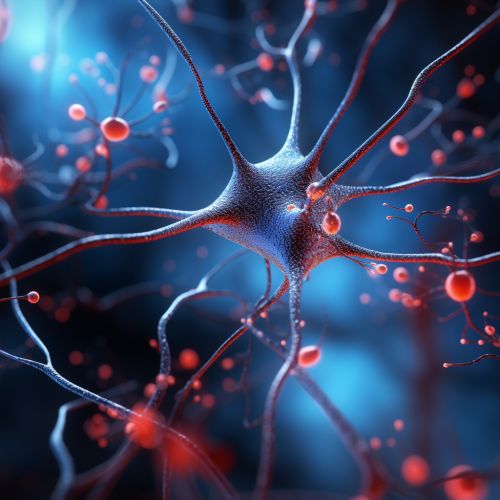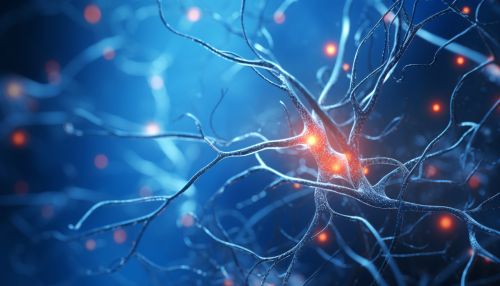Amyotrophic Lateral Sclerosis
Introduction
Amyotrophic Lateral Sclerosis (ALS), also known as Lou Gehrig's disease, is a specific disorder that involves the death of neurons controlling voluntary muscles. Some also use the term Motor Neuron Disease for the most common form of the disease in adults. ALS is characterized by stiff muscles, muscle twitching, and gradually worsening weakness due to muscle wasting. This results in difficulty speaking, swallowing, and eventually breathing.


Etiology
The etiology of ALS is believed to involve both genetic and environmental factors. About 5–10% of cases are directly inherited from a person's parents. ALS is the most common type of motor neuron disease. In much of the world, rates of ALS are unknown. In Europe and the United States, the disease affects about 2 people per 100,000 per year.
Pathophysiology
In ALS, motor neurons deteriorate or die, and stop sending messages to the muscles. Unable to function, the muscles gradually weaken, start to twitch (fasciculate), and waste away (atrophy). Eventually, the brain loses its ability to initiate and control voluntary movements. The specific pathophysiology of how ALS occurs is not well understood. There are various models that suggest different biochemical pathways that may lead to neuron death.
Clinical Presentation
The symptoms of ALS can vary significantly from person to person, depending on which neurons are affected. A common initial symptom is a painless weakness in a hand, foot, arm, or leg, which occurs in more than half of people. Other early symptoms include speech problems, difficulty swallowing or breathing, cramping, or stiffness of muscles; muscle weakness affecting an arm or a leg; and/or slurred and nasal speech. The parts of the body affected by early symptoms of ALS depend on which motor neurons in the body are damaged first.
Diagnosis
ALS is a diagnosis of exclusion, meaning it is diagnosed by ruling out other diseases that mimic ALS. This means the medical workup is extensive and may include most of the following tests: electromyography (EMG), nerve conduction velocity (NCV), blood and urine studies including high resolution serum protein electrophoresis, thyroid and parathyroid hormone levels and 24-hour urine collection for heavy metals, spinal tap, x-rays, including magnetic resonance imaging (MRI), myelogram of cervical spine, and a muscle and/or nerve biopsy.
Treatment and Management
There is no known cure for ALS. The focus of treatment is to relieve symptoms and improve the quality of life. This supportive care is best provided by multidisciplinary teams of healthcare professionals such as physicians; pharmacists; physical, occupational, and speech therapists; nutritionists; and social service professionals. Medications can relieve symptoms and, in some cases, prolong survival.
Prognosis
The progression of ALS varies significantly from one patient to another. Although the mean survival time with ALS is three to five years, many people live five, ten or more years. Symptoms can begin in the muscles that control speech and swallowing or in the hands, arms, legs or feet. Not all people with ALS experience the same symptoms or the same sequences or patterns of progression. But, progressive muscle weakness and paralysis are universally experienced.
Epidemiology
ALS is a common neuromuscular disease worldwide. It affects people of all races and ethnic backgrounds. There are several potentially modifiable factors that are associated with the disease, but their significance is uncertain. They include smoking, military service, and playing professional football.
Research Directions
Research has begun to identify genetic factors associated with ALS and scientists are using several animal models to study the disease. Additionally, innovative technologies such as induced pluripotent stem cells (iPSCs) are being used to study the cellular and molecular mechanisms of ALS.
